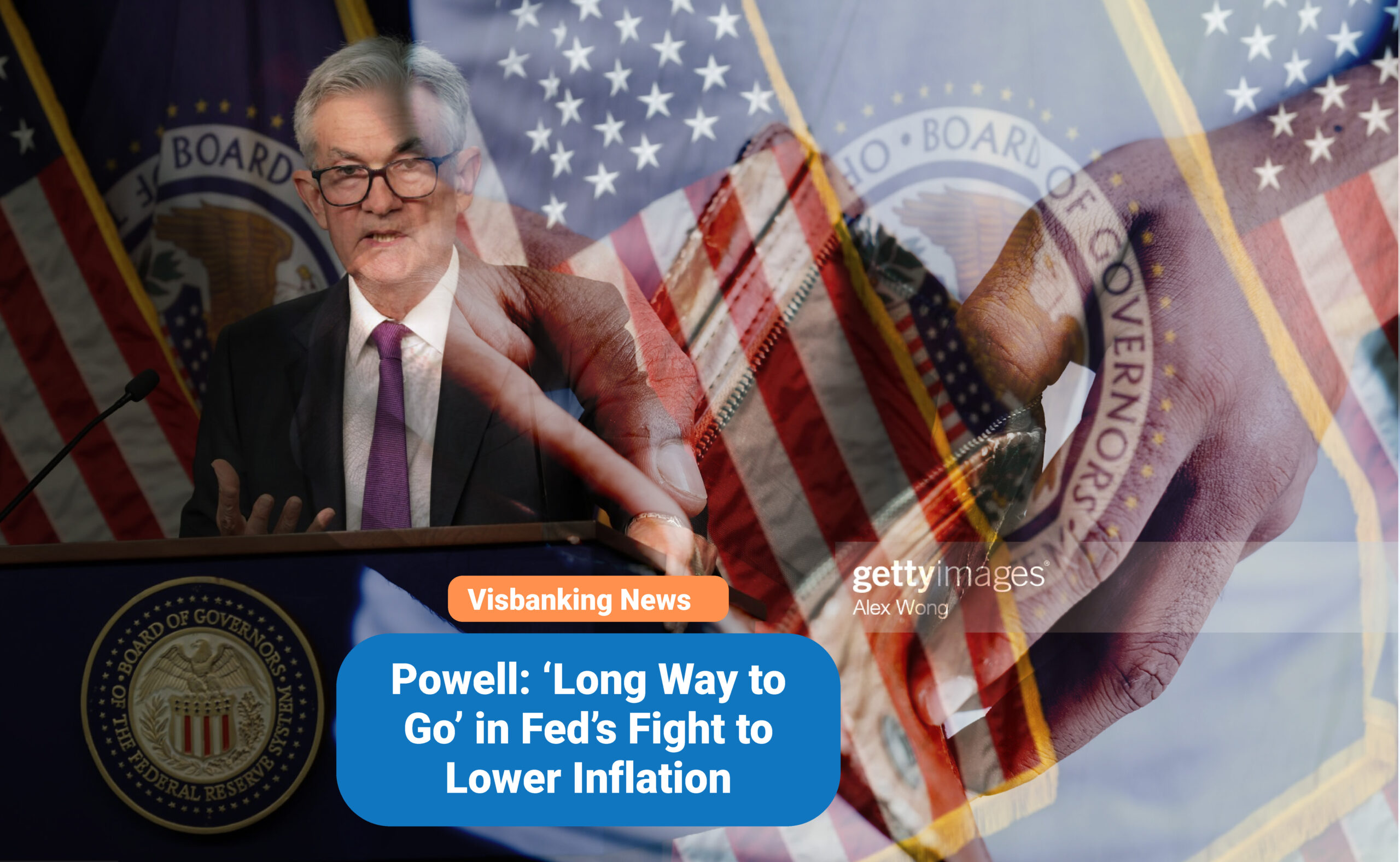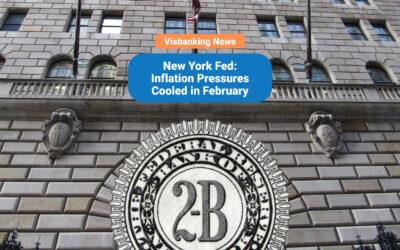Estimated reading time: 2 minutes
The Federal Reserve announced yet another interest rate hike this week, as it continues its efforts to rein in stubbornly high inflation. Unlike its most recent rate hikes, however, this increase was a more modest boost of a quarter of a percentage point. The central bank also suggested that it sees some signs that inflation is easing—but noted that the battle is far from won.
Fed Chair Jerome Powell cautioned against any suggestion that the central bank might soon begin to lower rates, even as he pointed to several positive signs for the economy:
According to Powell, the Federal Reserve now feels confident that it is seeing the beginnings of the “disinflationary process.” With goods shortages becoming less frequent, supply chains coming back on line, and price increases decelerating, the Fed reportedly believes that smaller rate hikes can successfully manage a return to normal inflation. For the central bank, that norm is defined as its target goal of 2 percent inflation.
At the same time, however, Powell warned that there are still troubling signs that the central bank will need to monitor. Those include whole areas of the service economy that are still seeing increases in inflation, as well as a continuing glut of unfilled job openings and rising wages. “The labor market continues to be out of balance,” he noted.
Powell also said that the nation’s unemployment rate may have to be increased to restore balance to that market and help bring inflation down to the Fed’s target goal. He also suggested that there would be no pause in rate hikes for the immediate future, though future hikes are likely to be in line with this most recent hike and not the half-point or three-quarter point hikes of 2022.
The latest jobs report is unlikely to deter the Fed from its current inflation-fighting effort, as the U.S. reported that the economy added 517,000 jobs in January. Meanwhile, the unemployment rate reportedly dropped to a more than 50-year low, reaching 3.4%.




